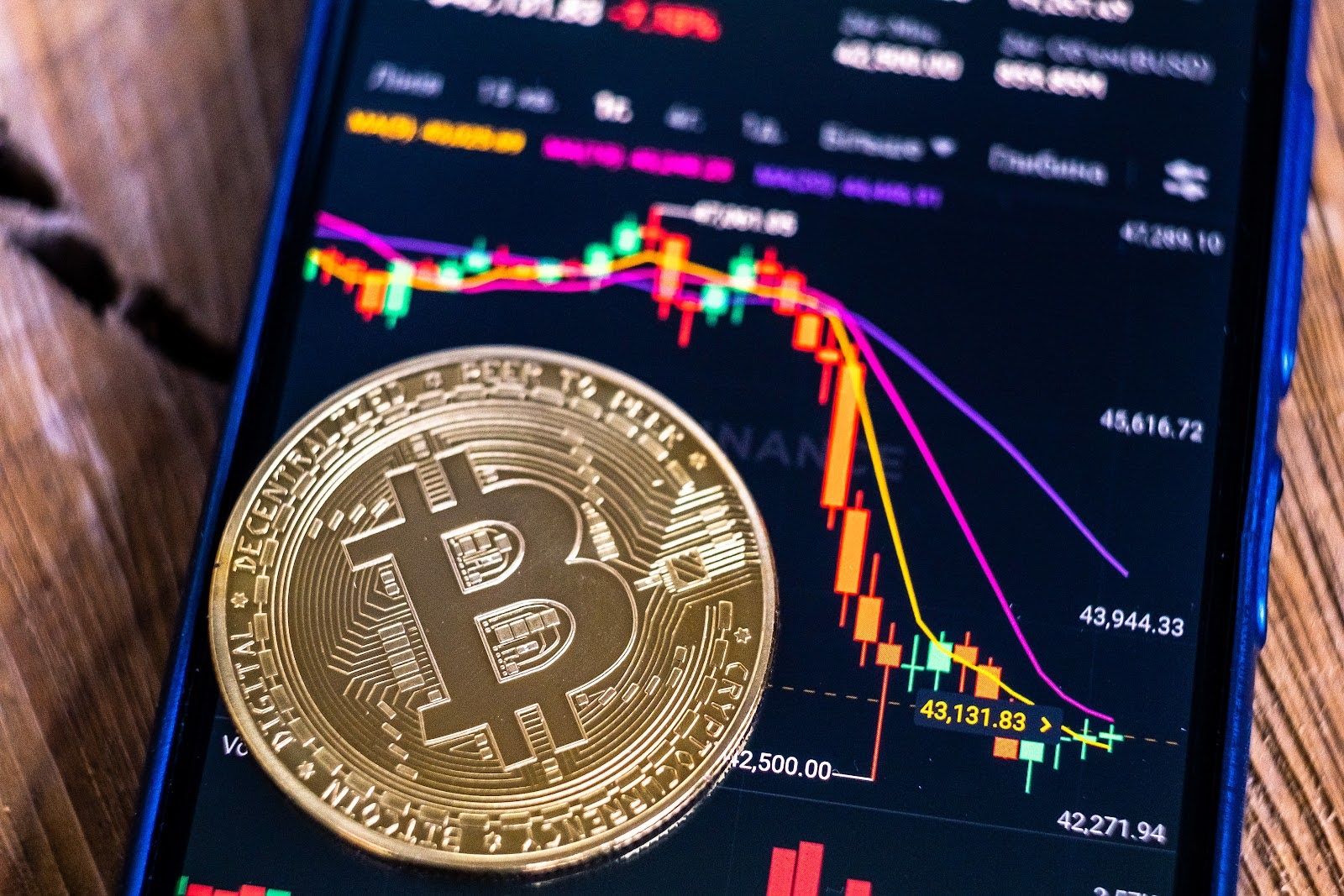Crypto news today: Bitcoin tops $95K, stocks rally despite analyst’s ‘blind market’ warning

-
Bitcoin
traded
above
$95,400
Tuesday,
showing
resilience
despite
economic
concerns. -
US
stocks
(S&P
500,
Nasdaq
+0.55%)
also
continued
their
recovery
from
early
April
tariff
fears. -
Consumer
confidence
hit
lowest
since
May
2020;
JOLTS
job
openings
missed
estimates.
Cryptocurrency
markets
displayed
notable
stability
on
Tuesday,
seemingly
unfazed
by
mounting
pessimism
regarding
the
economic
impact
of
the
Trump
administration’s
tariff
policies.
Bitcoin
edged
higher,
reclaiming
ground
above
$95,000,
while
traditional
stock
markets
also
continued
a
recovery
trend,
prompting
some
analysts
to
question
whether
markets
are
accurately
pricing
in
underlying
economic
risks.
Markets
march
higher
despite
warning
signs
Bitcoin
(BTC)
continued
its
recent
positive
momentum,
gaining
about
1%
over
the
preceding
24
hours
to
trade
near
$95,400.
This
move
brought
the
key
$96,000
level
–
last
seen
in
late
February
–
within
striking
distance.
The
broader
crypto
market
showed
similar
resilience,
with
the
CoinDesk
20
index
advancing
1.1%.
Bitcoin
Cash
(BCH)
stood
out
with
a
significant
6.3%
surge.
Crypto-related
equities
also
participated,
albeit
modestly,
with
Coinbase
(COIN)
up
0.9%
and
MicroStrategy
(MSTR)
adding
3.3%,
while
Janover
(JNVR)
continued
its
strong
run
(+16%)
linked
to
its
Solana
accumulation
strategy.
This
relative
calm
in
digital
assets
mirrored
strength
in
traditional
equities.
Both
the
S&P
500
and
the
Nasdaq
composite
posted
gains
of
0.55%,
extending
the
recovery
from
the
tariff-induced
panic
seen
earlier
in
April.
Economic
data
paints
sobering
picture
However,
this
market
buoyancy
unfolded
against
a
backdrop
of
increasingly
concerning
economic
indicators,
suggesting
a
potential
slowdown
possibly
linked
to
the
White
House’s
tariff
strategies.
The
Conference
Board
reported
that
US
consumer
confidence
plummeted
to
its
lowest
level
since
May
2020,
with
the
forward-looking
consumer
outlook
component
hitting
its
weakest
point
since
2011.
Simultaneously,
the
latest
Job
Openings
and
Labor
Turnover
Survey
(JOLTS)
indicated
a
cooling
labor
market,
with
job
openings
falling
to
7.19
million
in
March,
significantly
below
the
expected
7.5
million.
Adding
to
the
complex
policy
environment,
Secretary
of
Commerce
Howard
Lutnick
mentioned
Tuesday
that
a
trade
deal
had
been
reached
with
an
unspecified
country,
though
he
noted
it
still
required
ratification,
offering
little
immediate
clarity
on
the
broader
tariff
situation.
Analyst
warns
of
market
‘blindness’
to
fundamental
risks
This
apparent
disconnect
between
market
performance
and
weakening
economic
data
has
raised
red
flags
among
some
observers.
Jeff
Park,
head
of
Alpha
Strategies
at
digital
asset
investment
firm
Bitwise,
expressed
strong
concern
about
the
market’s
perspective.
“Hard
to
fathom
how
blind
the
market
really
is,”
Park
posted
on
the
social
media
platform
X
(formerly
Twitter).
He
argued
that
the
market’s
intense
focus
on
potential
Federal
Reserve
interest
rate
cuts
misses
a
larger,
more
fundamental
risk.
“A
Fed
cut
means
nothing
if
US
creditworthiness
is
permanently
impaired
by
the
global
community
as
resulted
by
dollar
weaponization,”
Park
elaborated,
linking
the
potential
damage
to
Trump
administration
policies
that
leverage
the
dollar’s
global
role.
He
suggested
that
speculation
about
whether
the
Fed
might
be
forced
to
cut
rates
to
offset
tariff
impacts
is
misplaced.
“That’s
the
mispricing
we
are
talking
about
here,”
he
continued.
The
myopic
focus
on
whether
[we]
are
getting
a
fed
cut
in
May/June
is
completely
irrelevant
if
the
notion
of
the
risk-free
as
we
know
it
is
fundamentally
challenged
forever,
which
means
cost
of
capital
globally
is
going
higher.
Park’s
comments
highlight
a
deeper
concern:
that
markets
might
be
rallying
on
short-term
hopes
(like
potential
rate
cuts)
while
ignoring
potentially
severe,
longer-term
structural
damage
to
the
US
financial
standing
and
the
global
cost
of
capital
caused
by
ongoing
policy
uncertainty
and
aggressive
trade
tactics.
While
Bitcoin
holds
firm
near
recent
highs,
the
debate
continues
over
whether
current
market
strength
reflects
genuine
resilience
or
a
dangerous
disregard
for
underlying
economic
headwinds.
Comments are closed.